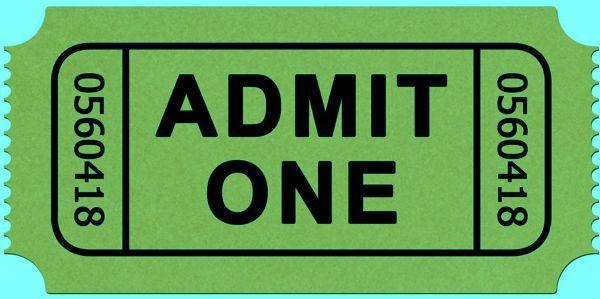The Lost Art of Concertgoing

Adding live music to recorded music enriches our listening lives. Whether live music is more natural, accurate, or truthful is debatable—the case is stronger when the music comes from unamplified acoustic instruments in a euphonic hall. But whether or not the live experience allows us to recalibrate our ears, it does give us a chance to recalibrate our emotions via direct contact with the musicians. We literally see them before us, as well as hear them, as they create music in real time, taking risks, making mistakes, soaring, sweating, succeeding, failing, recovering, and connecting. It can be exhilarating for people on both sides of the proscenium. But musicians can't do the work alone. Active listening also plays a critical role. How unfortunate, then, that so many of today's concertgoers are adopting behaviors that impoverish themselves and others. And technology is part of the problem.
I'm not talking about technology per se but the misuse of it. There have always been temptations to do things with gadgets during concerts: snap pictures, roll cassette tapes. I was an avid taper in the 1980s and filled several shoeboxes with tapes before giving up the habit. But the advent of smartphones has increased temptation exponentially. Bad behavior has become nearly universal, especially at rock concerts. Now audience members snap pictures, often with intrusive flashes, or roll video, posting crummy footage on YouTube. The benefit to posterity rarely offsets the damage to the event. Phones ring during classical concerts, sometimes bringing a performance to a halt. Folks just can't seem able to put the darned things away and concentrate on the music.
Audience members who take pictures can be amazingly obtuse. Do you really imagine that performers don't notice bright flashes going off in their faces? Or devices held up at eye level or overhead? King Crimson is one band that has gone out of its way to eliminate this destructive distraction. Every show begins with an elaborate request that audients respect the ban on photography. During a recent Canadian tour, the band started meeting the audience halfway, allowing photography (including flash photography) following the final encore. It reportedly worked most of the time, though that did not prevent one malicious shooter from marring a performance in Toronto. Guitarist and senior Crim Robert Fripp has written thousands of words in his online diary to explain how photography disrupts a performance, sometimes likening it to the pricking of a balloon. Once pricked, it cannot be unpricked, and there are a lot of pricks out there.
As a concertgoer, I find having a lit screen near my face fatally distracting. The eye is instinctively drawn to it and away from the flesh-and-blood performers, and where the eye goes, so goes the attention. A couple of years ago I went to hear Beethoven's Ninth Symphony (the "Choral Symphony") performed at Symphony Space in New York City. Leon Botstein gave a droll talk on the work, then led the American Symphony Orchestra through it. The man sitting next to me couldn't keep his hands off his phone. His unceasing checking for messages or texts became a constant annoyance. But it was during the final movement—with the chorus singing the "Ode to Joy"—that the intrusion was most painful. Desperate for relief, I repeatedly held my hand up to the side of my face to block the lit screen. But he could not, or would not, take the hint. How could anyone behave this way during the most beloved movement of one of the most beloved works in classical music? Where was the love?
Yapping is another problem I have in concert halls. The tech angle is that it is mainly a problem with amplified music. I recently went to see Hot Tuna at the Beacon Theater in NYC. It was my first Hot Tuna show. I knew I was in the right place when a guy complimented me on the bright tie-die shirt I'd pulled out of mothballs especially for the occasion. I couldn't have been in a nicer room full of people. It felt good to be among them—except for one thing. They yapped through every song. It was only moderately distracting during the electric numbers, when Jorma conquered all with his Gibson Firebird. But it was fatal during the quieter acoustic numbers. I couldn't hear Jorma's voice over the chatter, even though I knew the lyrics.
Promiscuous shooters, texters, and yappers underestimate the crucial role of their own listening in a live music event. Active listening is a vital contribution to the performance. Musicians don't just see us in our seats and hear us applaud. They feel us. There is some mysterious energy that circulates through the hall and embraces everyone in it. A musician playing in an empty hall isn't a concert—just a sound check. The concert can't begin until we fill the seats, switch on our ears, switch off our devices, and open our hearts.
Audio Editor Mark Fleischmann is the author of Practical Home Theater: A Guide to Video and Audio Systems, now available in both print and Kindle editions.








































